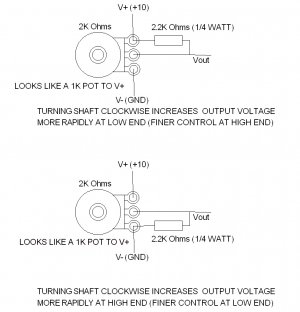I'd leave the belt change system so you can swap belts over easily. It's true that a VFD allows you to cut down on belt changes but you shouldn't operate the motor for long periods under load at low speeds as it won't cool as effectively. Also, if you run at half speed, you are limited to half power. Similarly, if you run above base speed (whatever the rated speed is at 60Hz), you will not be able to develop full torque so power will be reduced there too. However, if you are doing low power work, it's handy to be able to vary the speed down to 20% or so (to use an edge finder for instance) and bang the speed up a bit higher for a small drill without changing belts.
I use my VFD to vary the speed all the time but I also change the belts and backgear to get the speed roughly where it should be. I wouldn't mind a Tachulator but for now I just set the closest speed on the lookup table with the belt and then change the VFD up or down slightly to get it more precise.
And BTW - check your VFD manual to see if it does "DC Current Injection". This is a form of braking that doesn't require the inertial energy to be dumped in an external resistor. Instead it generates a high braking torque in the motor by applying a stationary current to the windings. Don't worry - that's how induction motors work anyway. But normally when a VFD tries to slow down a motor it regenerates electrical energy into the VFD which then needs somewhere to put it. If there aren't enough losses going on in the VFD, it will either trip to protect itself or limit the ramp. DC injection may not get you quite the same deceleration as a large braking resistor but may still be a big improvement without the complication. And many VFDs don't have the option to add a braking resistor anyway. You can set the current at about the same as the current on the motor name plate.
Murray

